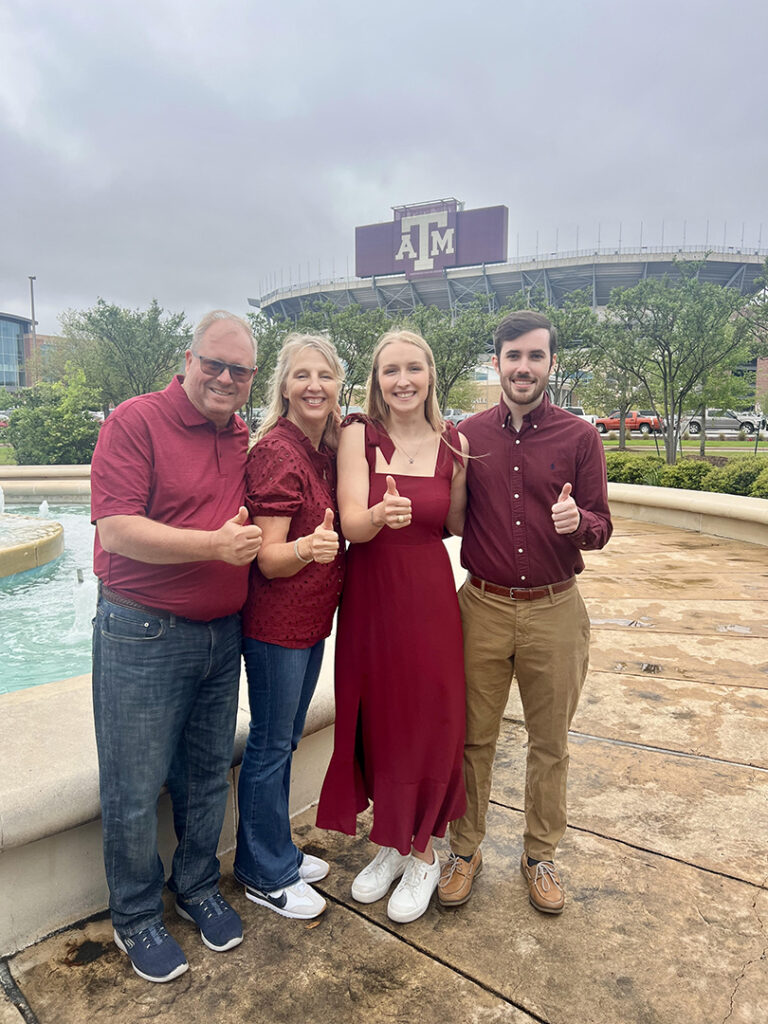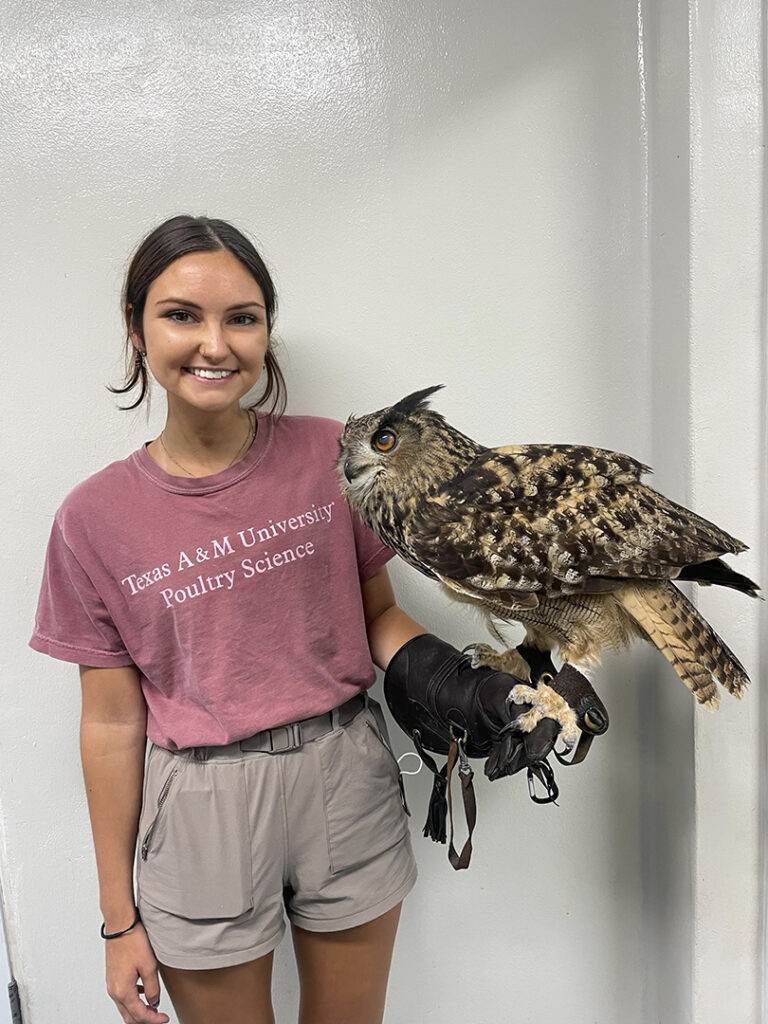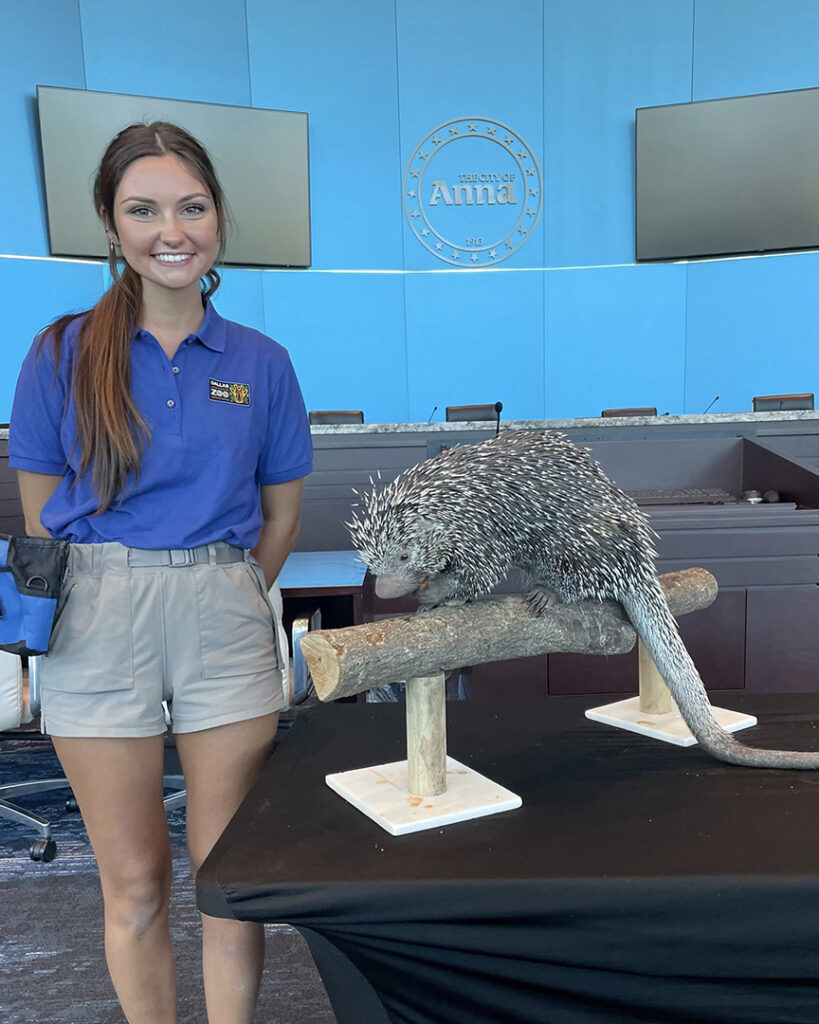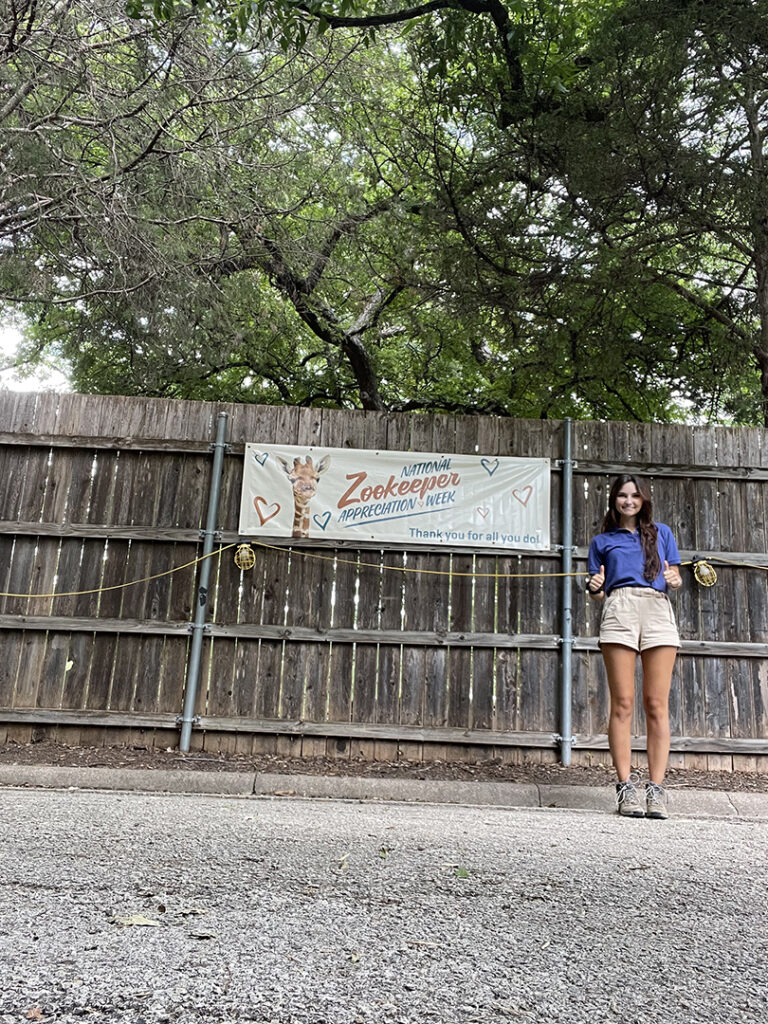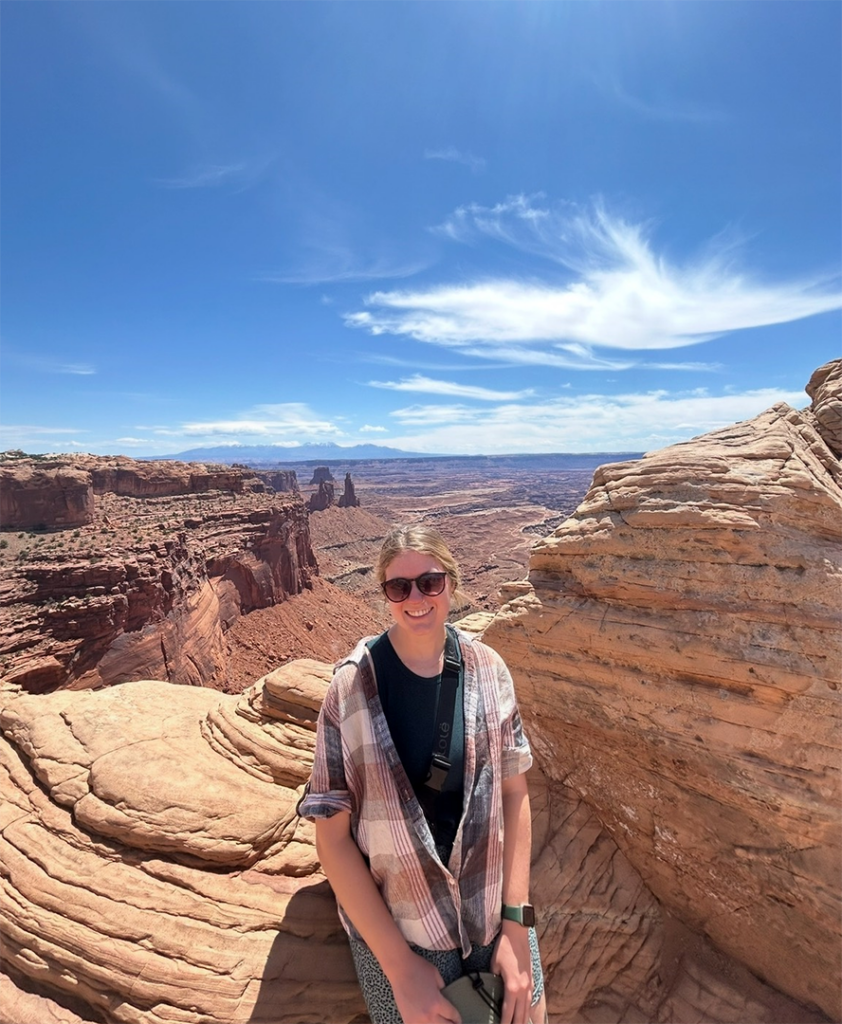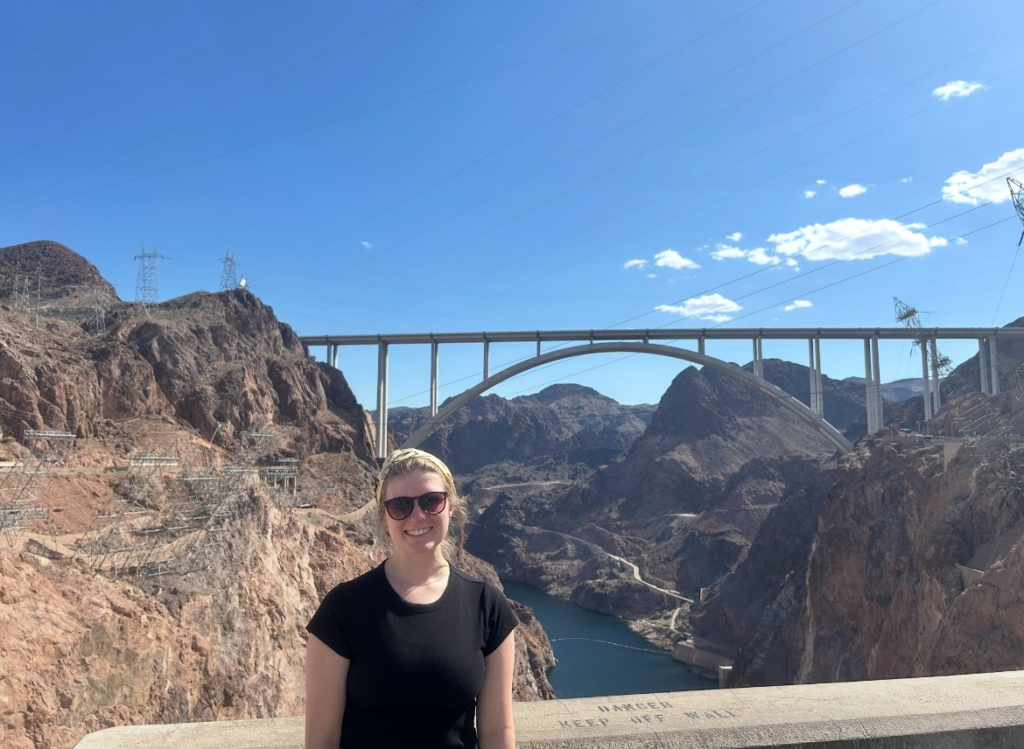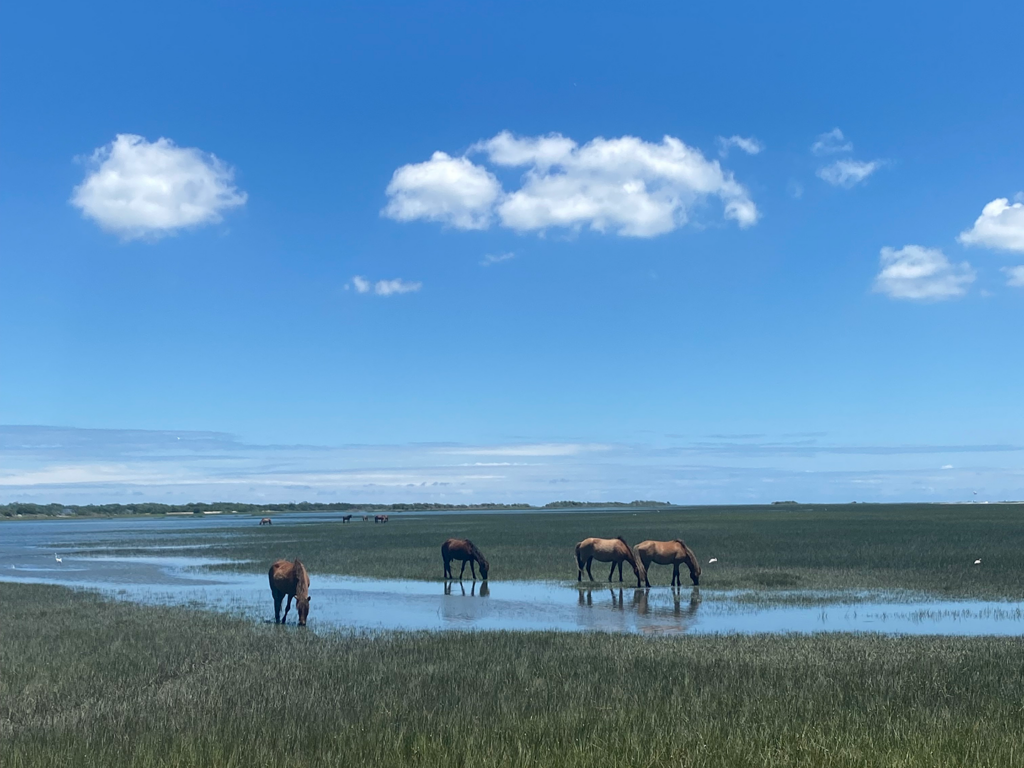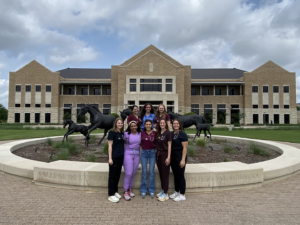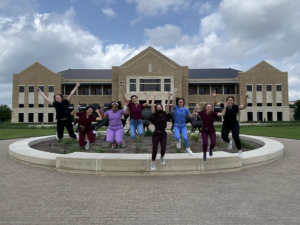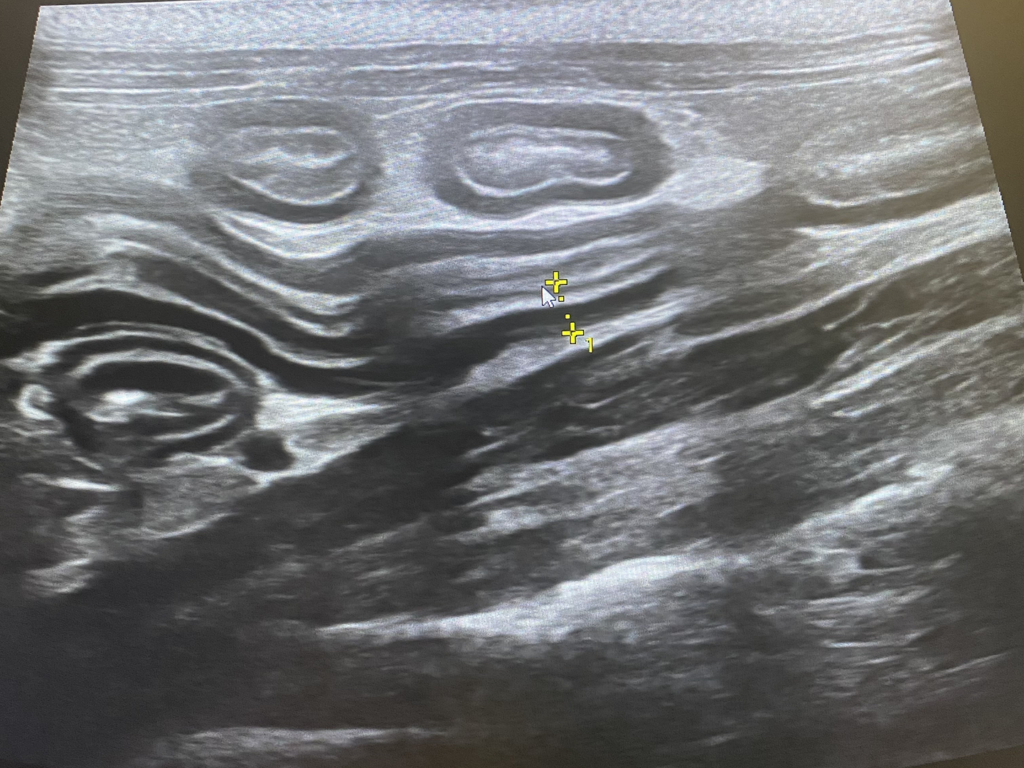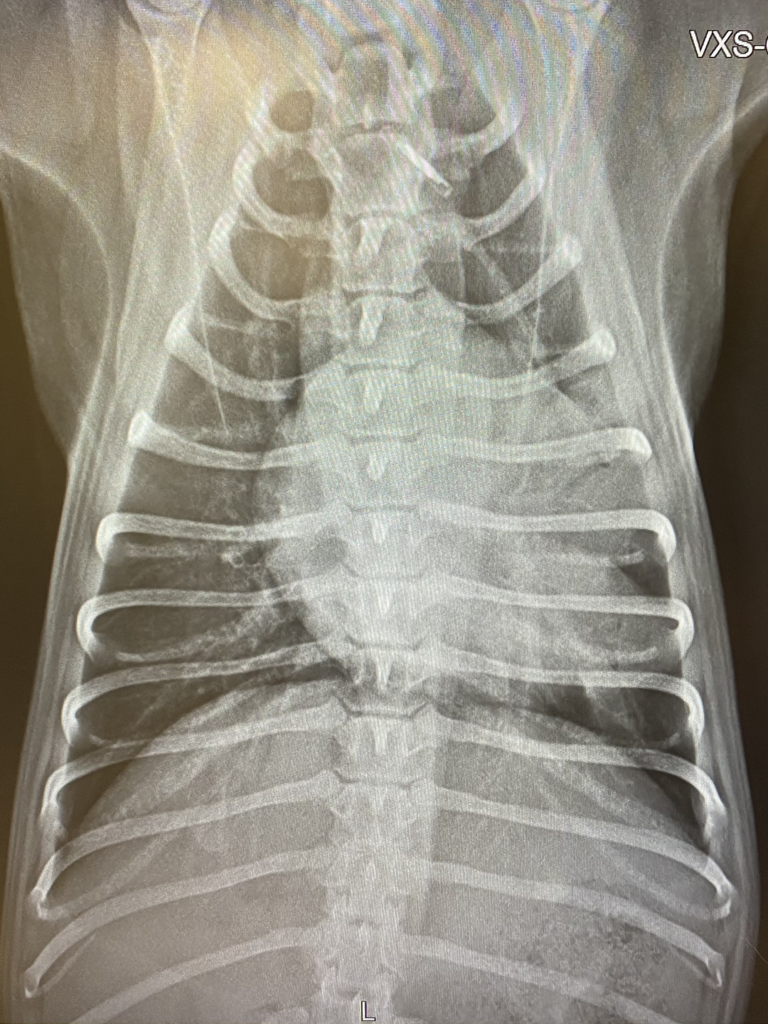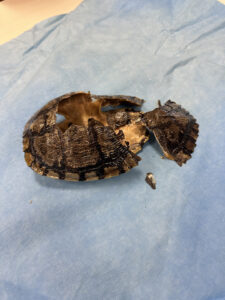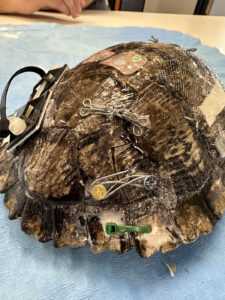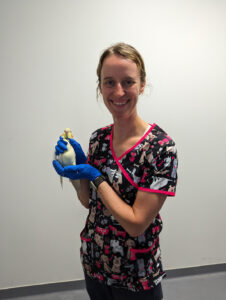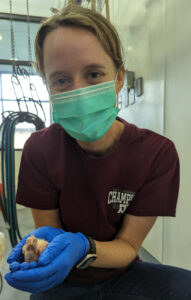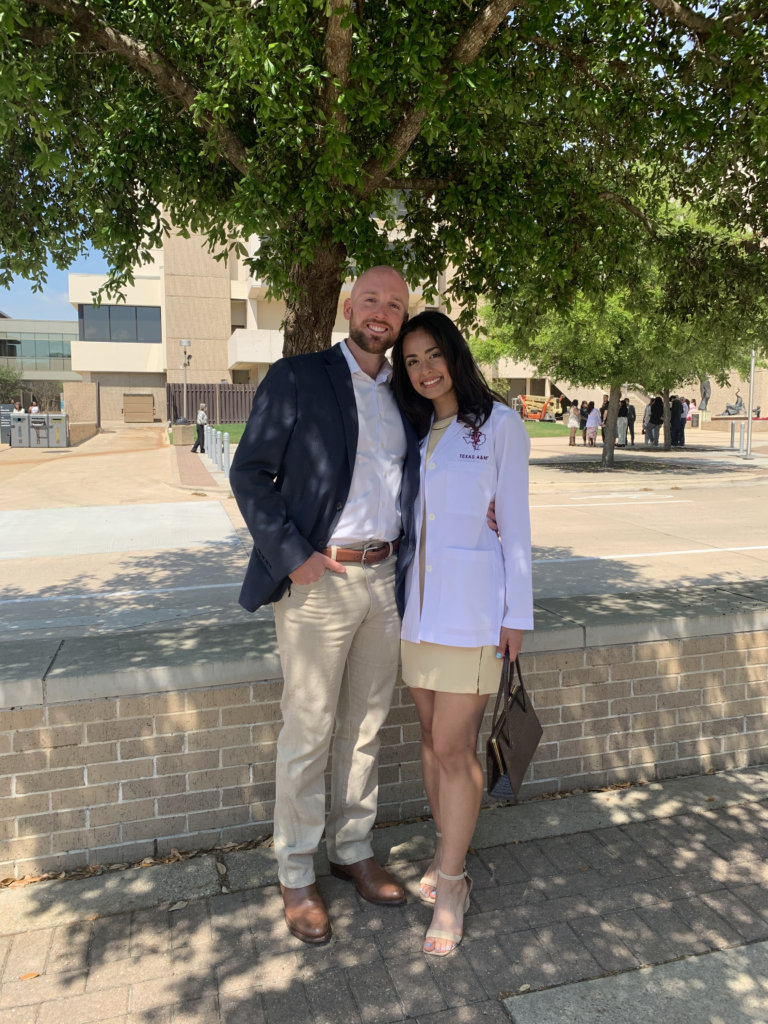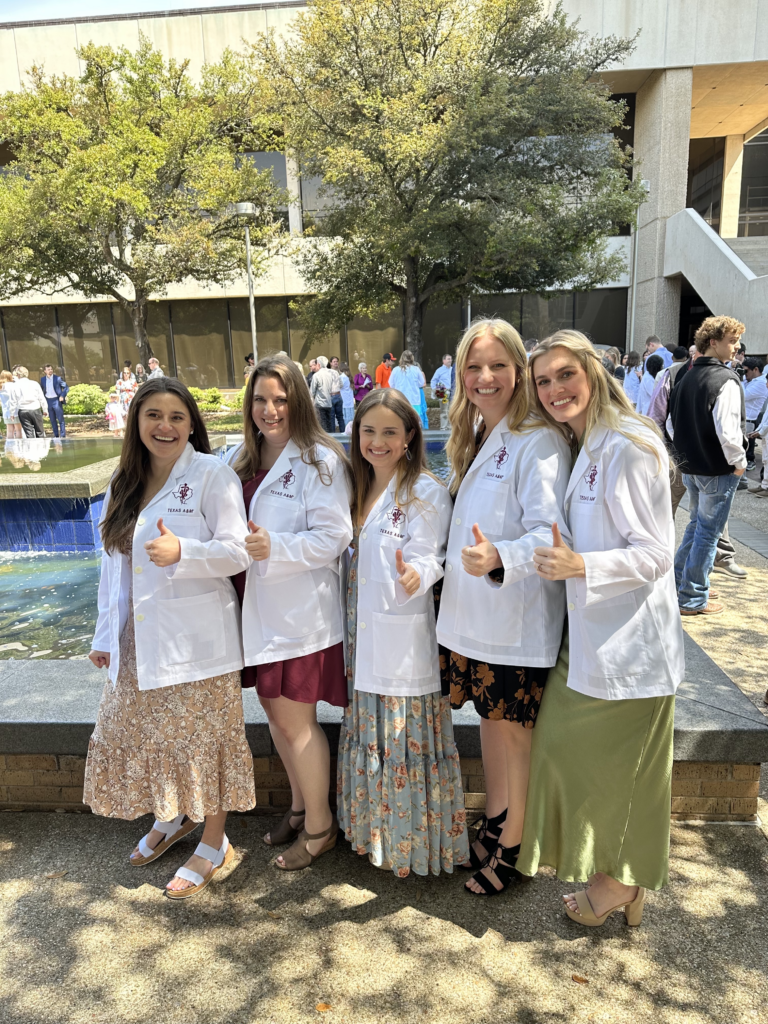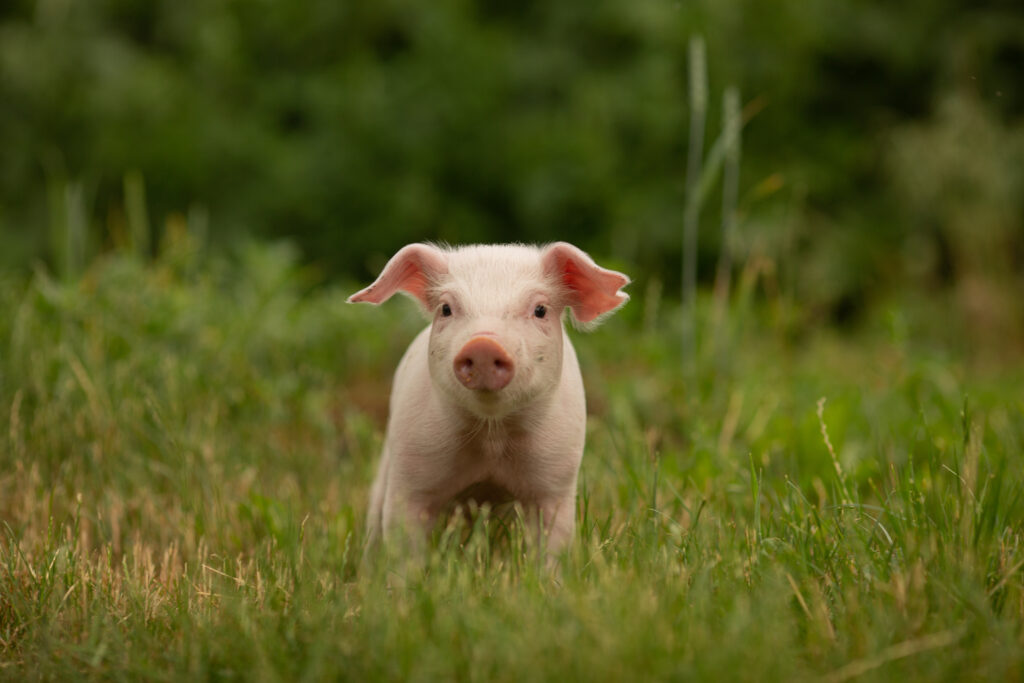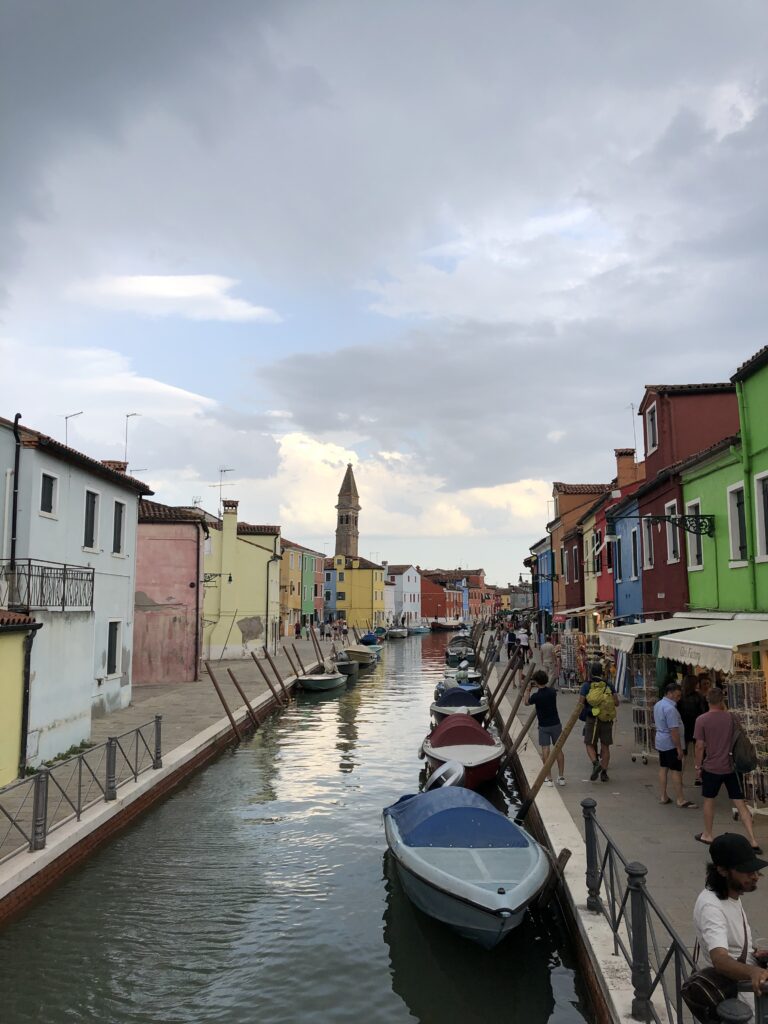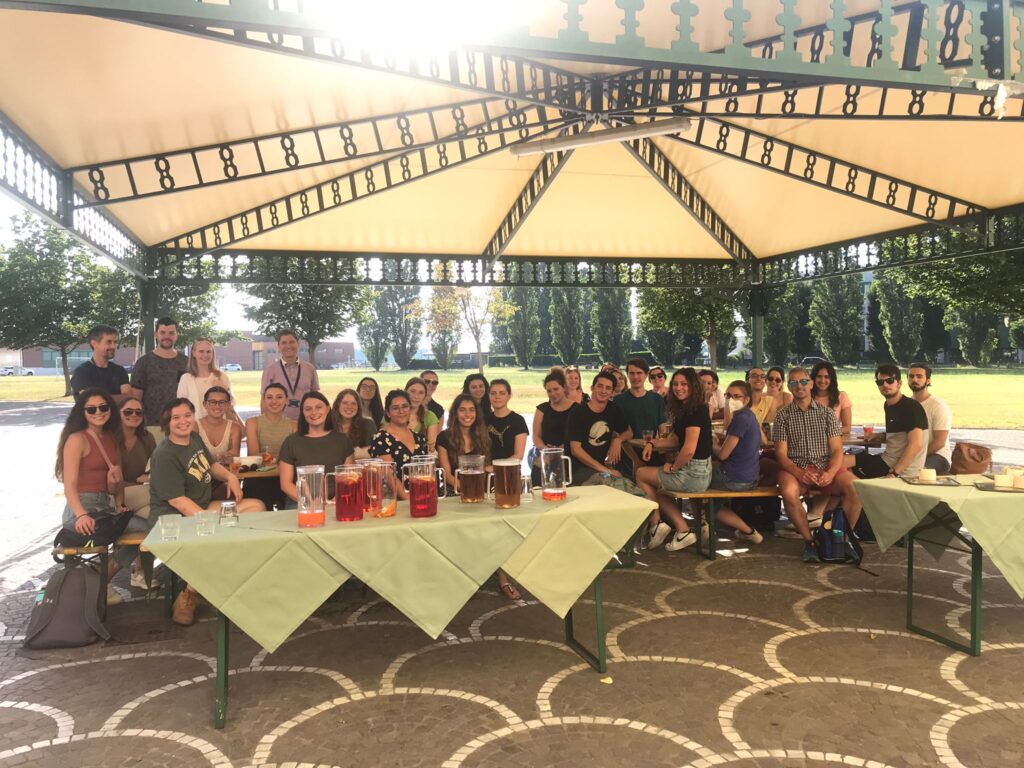By Mary C. ’25, Doctor of Veterinary Medicine Student
One thing that I truly enjoy is traveling. I have had the opportunity to travel to many countries and it is something that I am very passionate about. Traveling to different places allows you to understand different cultures, different people, and different ways of doing things compared to your everyday life. There is so much to learn from people of different backgrounds, which is why when I learned that there are study abroad opportunities for veterinary students, I knew I had to go on one.
During the summer after my first year of vet school, I had the opportunity to go on a study abroad trip to Italy. Every year, Dr. Christine Budke, one of the public health and epidemiology veterinary professors, coordinates a study abroad trip with the veterinary school in Padova, Italy, during the summer — typically in June.
During this trip, I had the opportunity to stay with Italian veterinary students for a week and attend lectures at their school. The first week was online through Zoom and the second week was in-person learning in Italy.
While we were in Italy, we attended lectures in both the morning and afternoon with the Italian veterinary students and also did various labs with them. For example, we had one lab where we tested mozzarella cheese to see if it is, in fact, made from 100% buffalo milk, as some companies mix in other milks because it is cheaper. We also got to do a chicken necropsy in their anatomy lab. In addition, we went on field trips, touring a chicken farm and a seafood packaging plant in Venice; on the last day, we were even able to tour a zoo in Italy.
This trip allowed me to learn not only about veterinary topics such as public health and food safety, but it also allowed me to learn how other veterinary schools work and it helped me learn about an entirely new culture. I was able to make lifelong friendships with people halfway around the world whom I still talk to today.
The VMBS also offers other study abroad trips for veterinary students. For example, every summer there are two different trips to South Africa that veterinary students are invited to attend, and I have heard great things about those from other vet students. Studying abroad is truly a life-changing experience. If the cost is a deterrent for you, there are scholarships available to help offset the expense of travel. For example, everyone who went on the Italy study abroad trip received a scholarship specifically to go on the trip. If you ever have the opportunity to go on a study abroad trip while in veterinary school, I highly encourage you to do it.

